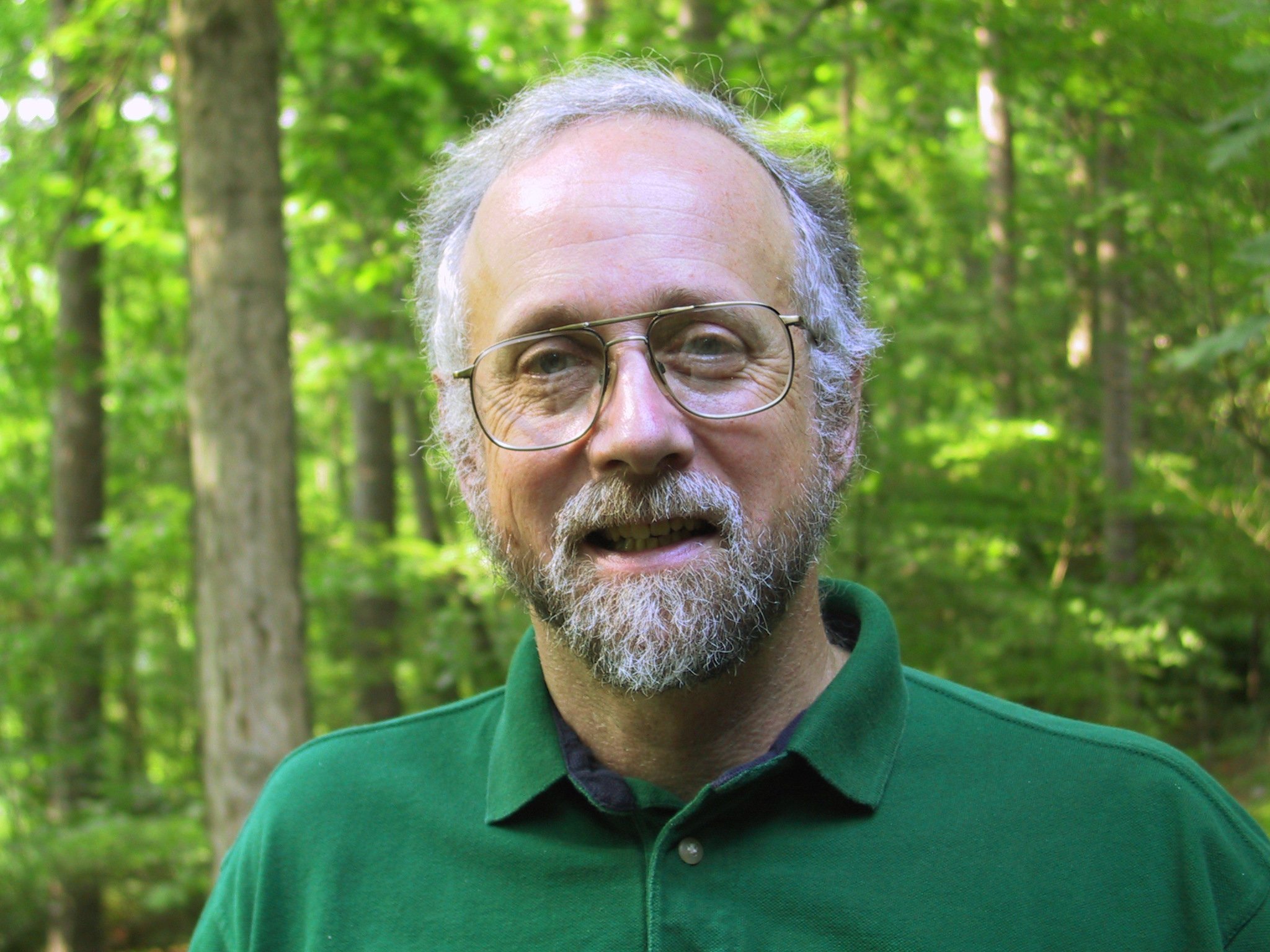- Ronald C. Arkin
Infobox_Scientist
name = Ronald C. Arkin

caption = Ron Arkin in 2001
birth_date = 1949
birth_place =New York City, New York
death_date =
death_place =
residence =United States
nationality = American
field =Robotics
work_institution =Georgia Institute of Technology
alma_mater =University of Massachusetts, Amherst Stevens Institute of Technology University of Michigan, Ann Arbor
doctoral_advisor =Edward M. Riseman Ronald Craig Arkin (born 1949) is an American
roboticist and roboethicist, and aRegents' Professor in the School of Interactive Computing, College of Computing at theGeorgia Institute of Technology . He is knownFact|date=April 2008 for themotor schema technique inrobot navigation and for his book "Behavior-Based Robotics".Biography
Education
Ronald Arkin received a
B.S. from theUniversity of Michigan, Ann Arbor in 1971 and aM.S. from theStevens Institute of Technology in 1977. He was a faculty member ofHawthorne College inAntrim, New Hampshire from 1977 to 1989, serving as the Computer Science Depart Chair from 1986 to 1989. In 1985, he joined the Laboratory for Perceptual Robotics and VISIONS groups at theUniversity of Massachusetts, Amherst , and received aPh.D. in 1987. His doctoral thesis "Towards Cosmopolitan Robots: Intelligent Navigation in Extended Man-Made Environments" was supervised byEdward M. Riseman .Career
Shortly after receiving his Ph.D., Ronald Arkin joined the School of Information and Computer Science (now College of Computing) at the
Georgia Institute of Technology and founded the Mobile Robot Laboratory. He become a Regents' Professor in 2002 and was the first person to hold such honor in the College of Computing's history. From August, 1997 to August, 1998, Arkin was a STINT Visiting Professor at theCentre for Autonomous Systems ,Royal Institute of Technology ,Stockholm, Sweden . He served as the Sabbatical Chair for theSony Intelligence Dynamics Laboratory ,Tokyo, Japan , from June, 2005 to October, 2005, and was also a member of theLaboratory for Analysis and Architecture of Systems at theCentre National del la Recherche Scientifique ,Toulouse, France .In 2006, the
United States Department of Defense contracted Arkin to conduct a study to determine if military robots could be made to operate ethically. The goal is to create a robot with an "artificial conscience" such that, for example, it might refrain from firing weaponry when children were detected, or to even understand thelaws of war and apply them in battle. “My intention in designing this is that robots will make less mistakes—hopefully far less mistakes—than humans do in the battlefield,” Arkin says. [cite journal | title=The Mind of the Machine | journal=Atlanta Magazine | url=http://www.atlantamagazine.com/article.aspx?id=17702 | first=STEVE | last=FENNESSY | date=November 2007 | accessdate=2008-04-07]Research
* Mobile robots and unmanned aerial vehicles
* Behavior-based reactive control
* Action-oriented perception
* Hybrid deliberative/reactive software architectures
* Robot survivability
* Multiagent robotic systems
*Biorobotics
*Human-robot interaction
*Roboethics
* Learning in autonomous systems.Students
* Robin Murphy (Summer, 1992). Thesis: "An Architecture for Intelligent Sensor Fusion". Founder of
rescue robot and currently a professor at theUniversity of South Florida ,Sarasota, Florida .
* Erika Rogers (Fall, 1992). Thesis: "Visual Interaction: A Link Between Perception and Problem-Solving". Currently a professor at theCalifornia Polytechnic University ,San Luis Obispo, California .
* Douglas MacKenzie (Spring 1997). Thesis: "A Design Methodology for the Configuration of Behavior-based Mobile Robots". President and Founder of Mobile Intelligence Co.
* Tucker Balch (Fall, 1998). Thesis: "Behavioral Diversity in Learning Robot Teams". Currently an Associate Professor at the College of Computing, Georgia Institute of Technology.
* Khaled Ali (Spring, 1999). Thesis: "Multiagent Robotics: Relating Systems to Tasks". Currently a Research Scientist at theJet Propulsion Laboratory .
* Alexander Stoytchev (Summer, 2007). Thesis: "Robot Tool Behavior: A Developmental Approach to Autonomous Tool Use". Currently a Visiting Assistant Professor at theIowa State University ,Ames, Iowa .
* Eric Martinson (Fall 2007). Thesis: "Acoustical Awareness for Intelligent Robotic Action".Books
*cite book
author = Arkin, R. C.
year = 1998
title = Behavior-Based Robotics
publisher = MIT Press
isbn = 0262011654
*cite book
author = Arkin, R. C.
year = 1987
title = Towards Cosmopolitan Robots: Intelligent Navigation in Extended Man-made Environments
publisher = University of Massachusetts Amherst
isbn =Papers
*cite journal
author = Arkin, R. C.
year = 1989
title = Motor schema-based mobile robot navigation
journal = The International Journal of Robotics Research
volume = 8
issue = 4
pages = 92–112
doi = 10.1177/027836498900800406References
External links
* [http://www.cc.gatech.edu/aimosaic/faculty/arkin/ Home Page]
* [http://genealogy.math.ndsu.nodak.edu/id.php?id=105376 Mathematics Genealogy Project profile]
* [http://www.cc.gatech.edu/ai/robot-lab/publications.html Mobile Robot Laboratory]
Wikimedia Foundation. 2010.
